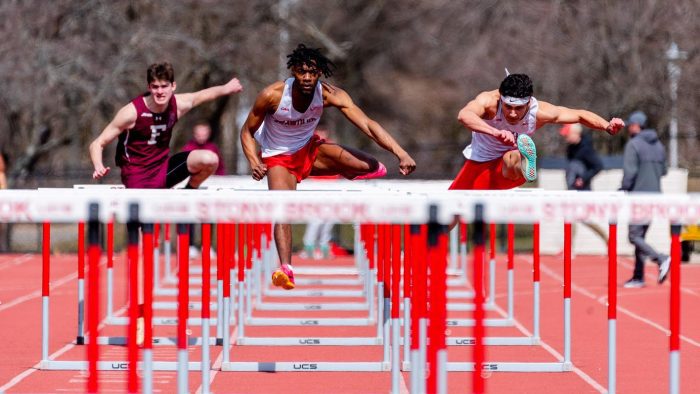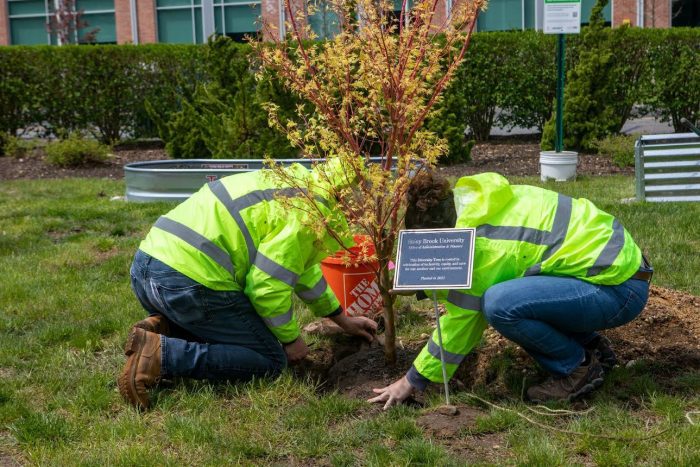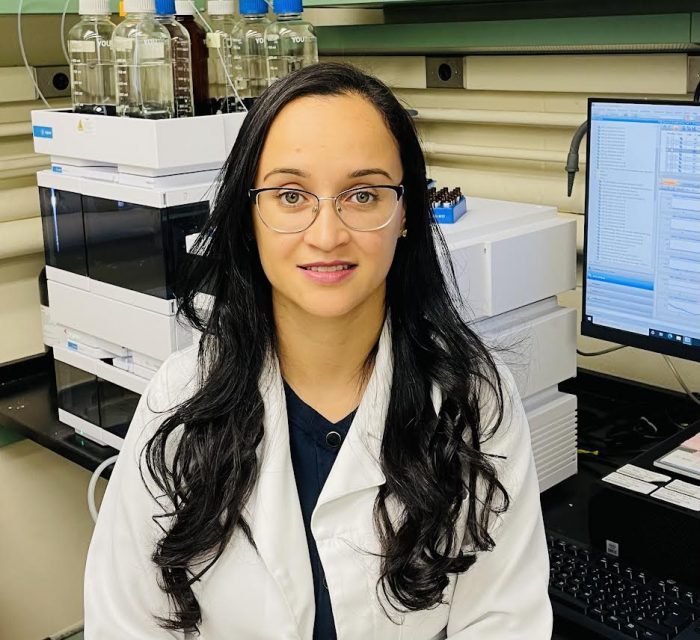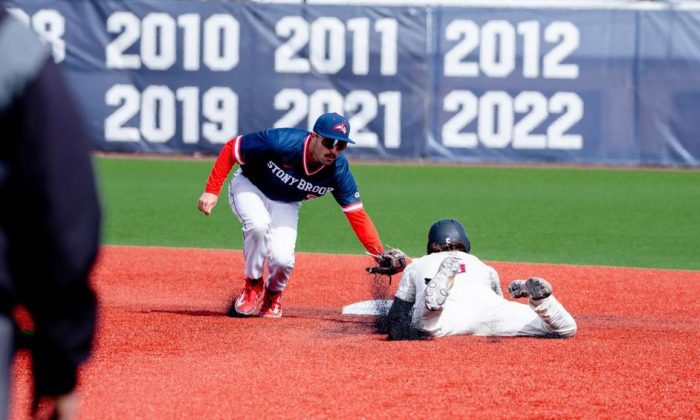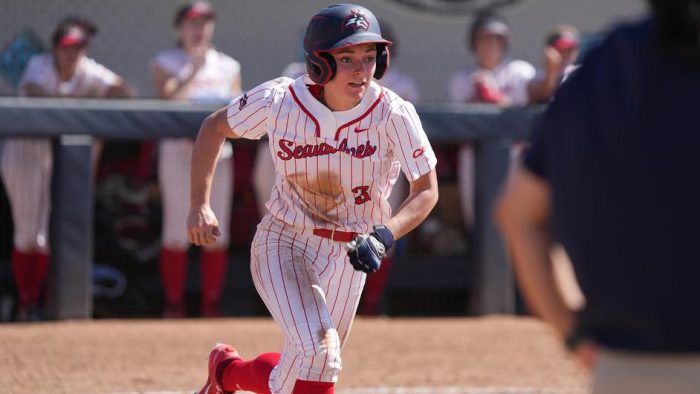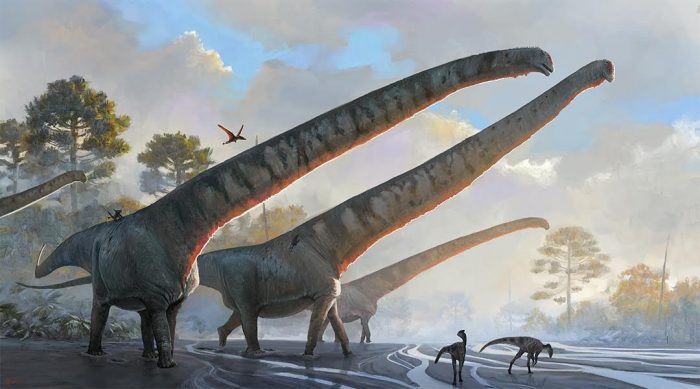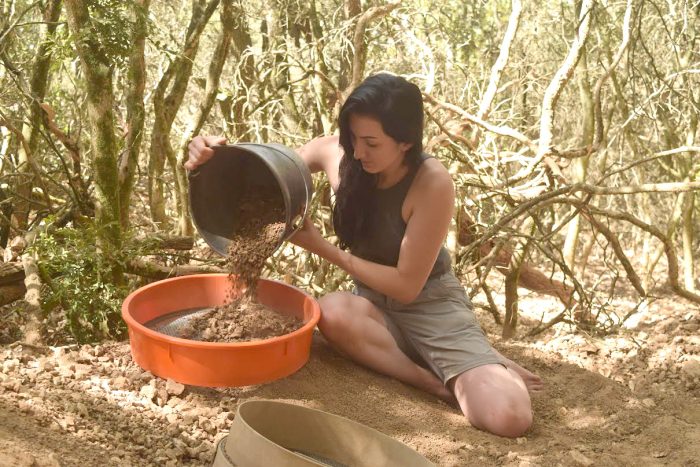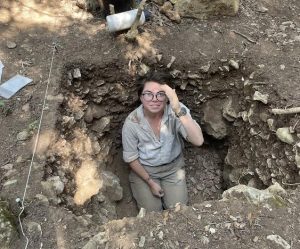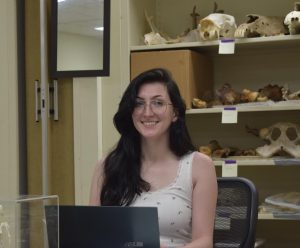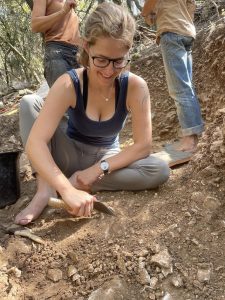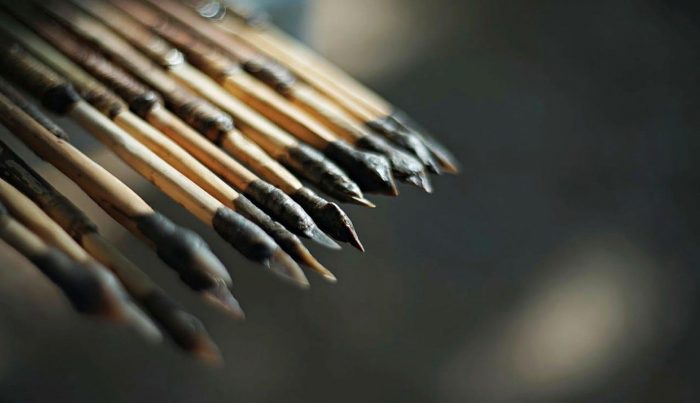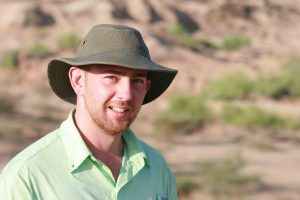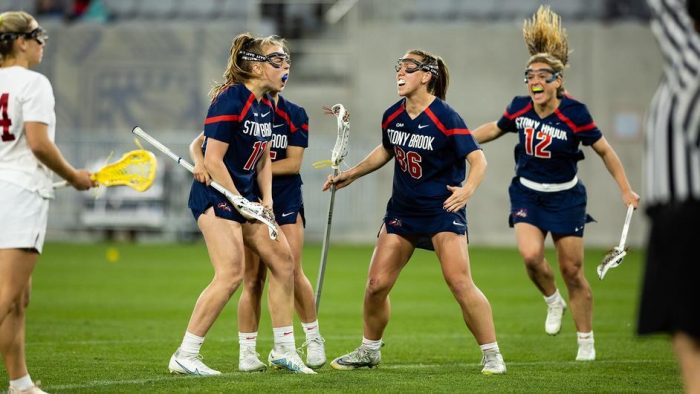The Stony Brook track and field team opened its spring season at home with the Stony Brook Snowflake Classic on March 18.
The men’s team secured seven first-place finishes. Graduate Miles Ryan paced the Seawolves on the track with two first-place finishes. Ryan earned a first-place finish in the 110 meter hurdles and the 400 meter hurdles with final times of 15.15 and 57.99, respectively.
Junior Gavin Da Vanzo led the way for Stony Brook in the field events. Da Vanzo took home the victory in the high jump with a final mark of 1.55m and earned a second-place finish in the long jump with a final mark of 6.60m.
HIGHLIGHTS
- Junior Alex Kanes earned a first-place finish in the long jump with a final mark of 6.75m. Kanes also secured a third-place finish in the 100 meter dash with a final time of 11.63.
- Junior Aleks Zdravkovic crossed the line in 49.69 to earn the first-place finish in the 400 meter.
- Freshman Michael Hawkes clocked in at 4:12.04 which was good for a second-place finish in the 1500 meter.
- Sophomore Steven Struk took home the victory in the 3000 meter with a final time of 8:38.45. Freshman John Fontanez finished directly behind Struk in second with a final time of 8:45.11.
- Sophomore Seth Hilario earned a new personal best and a second-place finish in the 110 meter hurdles with a final time of 15.59.
- Sophomore Darnell Paul secured a first-place finish in the shot put with a final mark of 13.41m.
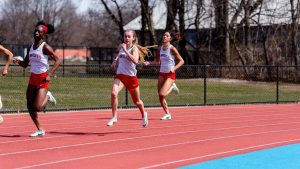
The women’s team secured eight first-place finishes. Graduate Dana Cerbone paced the Seawolves with two first place finishes. Cerbone earned a first-place finish in the 200 meter dash with a final time of 25.24 and in the 400 meter dash with a final time of 57.86. The graduate also secured a new personal best in the 400 meter.
Junior Danella Dawkins crossed the line in 14.58 to earn a first-place finish and a new personal best in the 100 meter hurdles and a top five finish in the 200 meter dash.
HIGHLIGHTS
- Junior Jaelyn Davis earned a first place finish in the 100 meter dash with a final time of 12.45. Graduate Akajia Atkins finished behind Davis in second with a final time of 12.56.
- Aristea Franks rounded out the podium for the Seawolves in the 200 meter with a final time of 25.53. Enyero Omokeni, Dawkins, Atkins, and Davis all finished within the top seven in the event.
- Omokeni recorded a second-place finish in the 400 meter with a final time of 58.00. Sophomore Jada Hodge rounded out the top three with a final time of 58.01. Freshman Samantha St. Juste and Aristea Franks completed the top five for Stony Brook.
- Graduate Tara Hauff clocked in at 2:18.35 in the 800 meter to take home the victory. Junior Rebecca Clackett finished behind Hauff in third with a final time of 2:25.95.
- Junior Nicole Garcia led the way for the Seawolves in the 1500 meter earning a first-place finish with a final time of 4:44.20.
- Graduate Siara Guevara crossed the line in 1:04.79 to secure the win in the 400 meter hurdles.
- Junior Alexandria Earle took home the victory in the high jump with a final mark of 1.55m. Sophomore Brienna Ahmetaj finished directly behind Earle in second with a final mark of 1.50m.
The teams are back in action March 23-25 when the squad competes at the Raleigh Relays in Raleigh, N.C. and at the Monmouth Spring Opener in West Long Branch, N.J.

